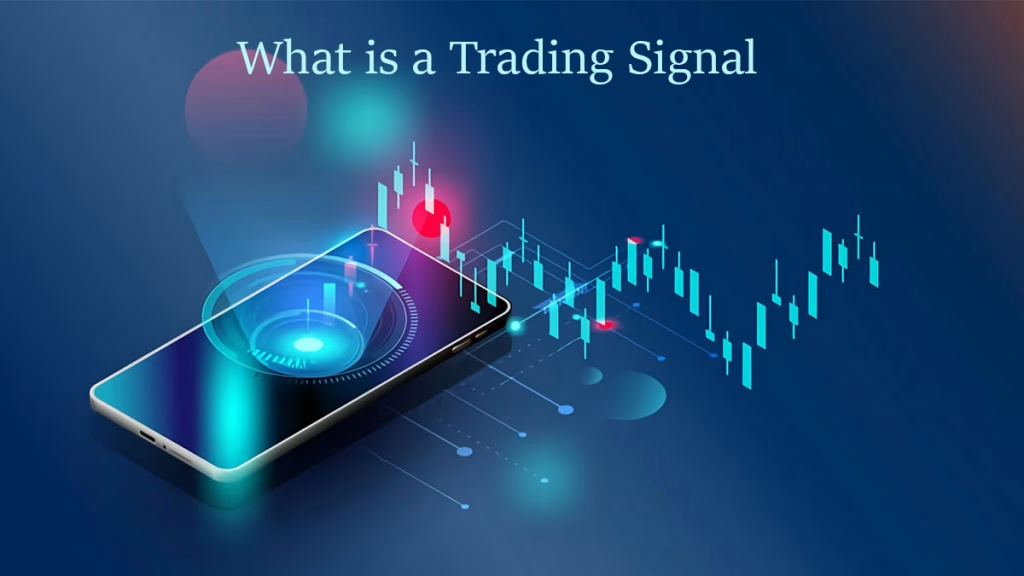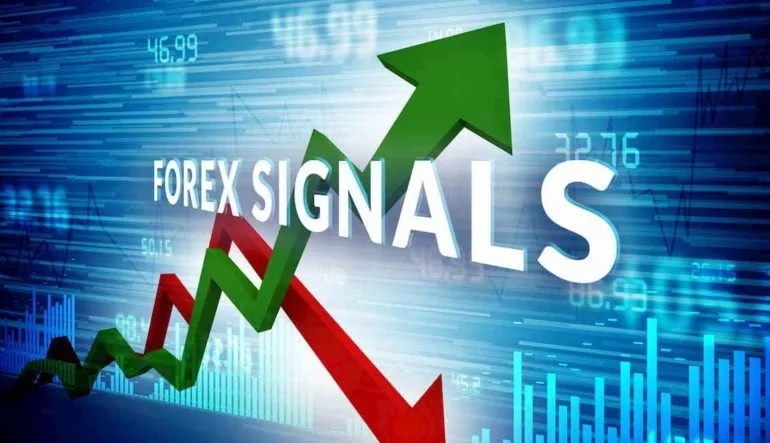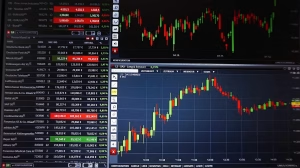Trading Signal Provider Performance – In the fast-paced world of trading, traders often rely on signal providers to guide their decision-making. These signals can provide critical insights into market trends, entry and exit points, and risk management strategies. However, with an abundance of trading signal providers available, verifying their performance has become essential for both novice and experienced traders. In this article, we will explore the best practices for verifying trading signal provider performance, allowing you to make informed decisions and enhance your trading success.
Understanding Trading Signals
Before diving into how to verify the performance of a trading signal provider, it’s essential to understand what trading signals are.
What Are Trading Signals?
Trading signals are suggestions or alerts that indicate when to buy or sell an asset based on specific analysis. These signals may be generated using various techniques, including:
- Technical Analysis: Utilizing historical price data and chart patterns.
- Fundamental Analysis: Considering economic indicators and news events.
- Algorithmic Trading: Automated systems that analyze market data and generate signals.
Traders can receive these signals via different channels, including email, market analysis websites, and messaging platforms like Telegram and Discord.

Why Verify Trading Signal Providers?
Verifying the performance of trading signal providers is crucial for several reasons:
- Quality Assurance: Many providers claim high success rates; however, without verification, these claims may be misleading.
- ** risk management**: Understanding a provider’s past performance helps you gauge their effectiveness and aligns with your risk tolerance strategy.
- Learning Opportunity: Analyzing a provider’s performance can offer insights and enhance your trading knowledge.
How to Verify Trading Signal Provider Performance
Here are several effective methods to verify the performance of trading signal providers:
1. Review Performance Track Record
Check Historical Data: Start by examining the provider’s historical performance data. Look for the following indicators:
- Win Rate: Percentage of profitable trades compared to total trades.
- Return on Investment (ROI): Measure the profitability relative to the capital used.
- Drawdown: Understand the maximum loss the provider has experienced during a specific period.
Useful Links
- MyFXBook is a popular platform that allows users to track trading performance transparently and in real-time.
- FX Blue offers a similar service for traders looking to share their performance data.
2. Utilize Third-Party Review Platforms
Reliably verify trading signal providers by utilizing third-party review platforms. Websites like Trustpilot and Forex Peace Army compile user reviews and ratings for various signal providers.
- Pros and Cons: Reading real user experiences allows you to identify potential risks and benefits of different providers.
- Contextual Information: Pay attention to the context of reviews—look for consistent feedback regarding the performance and reliability of the signals offered.
3. Analyze Signal Delivery and Consistency
A reputable trading signal provider should deliver signals consistently and through reliable channels. Consider the following aspects:
- Frequency of Signals: Are signals delivered regularly, or are there sporadic fluctuations?
- Communication Clarity: Are the signals accompanied by clear actionable insights?
- Timeliness: In trading, timing is key. Assess how promptly the provider sends alerts after analysis.
4. Participate in Live Trading Sessions
Many providers offer demo or live trading sessions where potential clients can observe their strategies in action. Joining such sessions can provide valuable insights:
- Real-Time Performance: Witness how signals perform in live market conditions.
- Engage with the Provider: This is an excellent opportunity to ask questions and clarify any doubts regarding strategies.
5. Join Trading Communities
Many traders discuss and review various signal providers in online trading communities, such as forums on websites like BabyPips or social media groups. Engaging with these communities can yield:
- Collective Experiences: Access a wealth of information based on the combined experiences of numerous traders.
- Alternative Perspectives: Gain insight into lesser-known signal providers that may offer excellent performance.
6. Review Signal Provider Websites
Take the time to visit the official websites of signal providers:
- Transparency: Reputable providers usually share their performance statistics and performance history openly.
- Investor Education: Assess whether they offer educational resources that enhance your understanding of trading signals.
7. Monitor in Real-Time
Once you have selected a trading signal provider, monitor their performance closely over a defined period (e.g., 30 days). Look for:
- Consistency: Evaluate whether the signals continue to perform as indicated in their historical data.
- Adaptability: Observe how well the provider adjusts their strategy in response to changing market conditions.

Tools to Assist in Verification
Using specific tools can also support your verification efforts:
- Trading Journals: Utilize a trading journal to record your results based on the signals received. This will enable you to analyze the performance over time personally.
- Trade Tracking Software: Consider using trade tracking software to automatically log trades, analyze ROI, and assess the overall performance of the signals.

Red Flags to Watch For
When verifying trading signal providers, be mindful of the following red flags:
- Lack of Transparency: If a provider avoids sharing historical performance data, be cautious.
- Too Good to Be True Claims: Be wary of promises guaranteeing high returns with minimal risk.
- Unclear Strategies: If a provider fails to articulate their approach or rationale behind signals, exercise caution.

Conclusion
Verifying the performance of trading signal providers is a critical step for any trader seeking to enhance their market acumen and make informed decisions. By examining historical data, utilizing third-party review platforms, participating in live trading sessions, and engaging with trading communities, you can confidently identify reliable signal providers.
Remember that successful trading requires continuous learning and adaptation. Whether you’re a novice trader or a seasoned pro, keeping your eyes open and verifying performance will help you navigate the complex world of trading with greater assurance.

Trading Signal Provider Performance
Incoming Links
- Explore more about trading strategies on Investopedia.
- Learn about technical analysis on TradingView.
Outgoing Links
- Join Trading Communities at BabyPips Forums.
- Monitor your trades with MyFxBook.
By combining thorough research with practical experience, you can vastly improve your trading outcomes. Happy trading!








